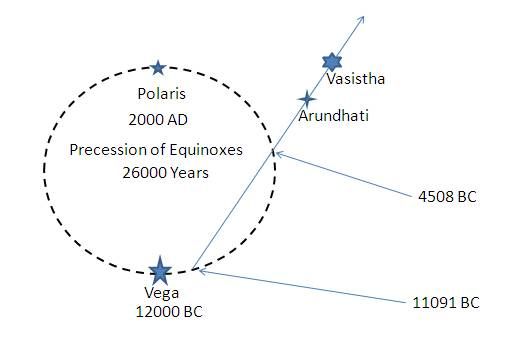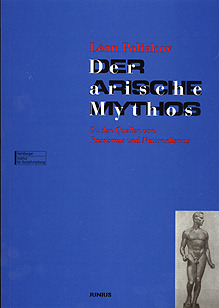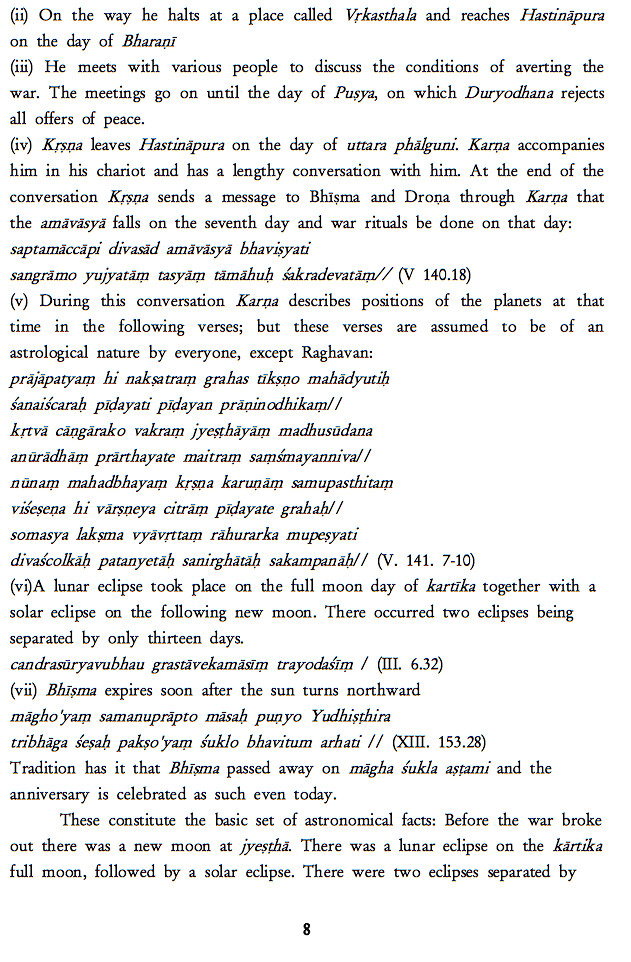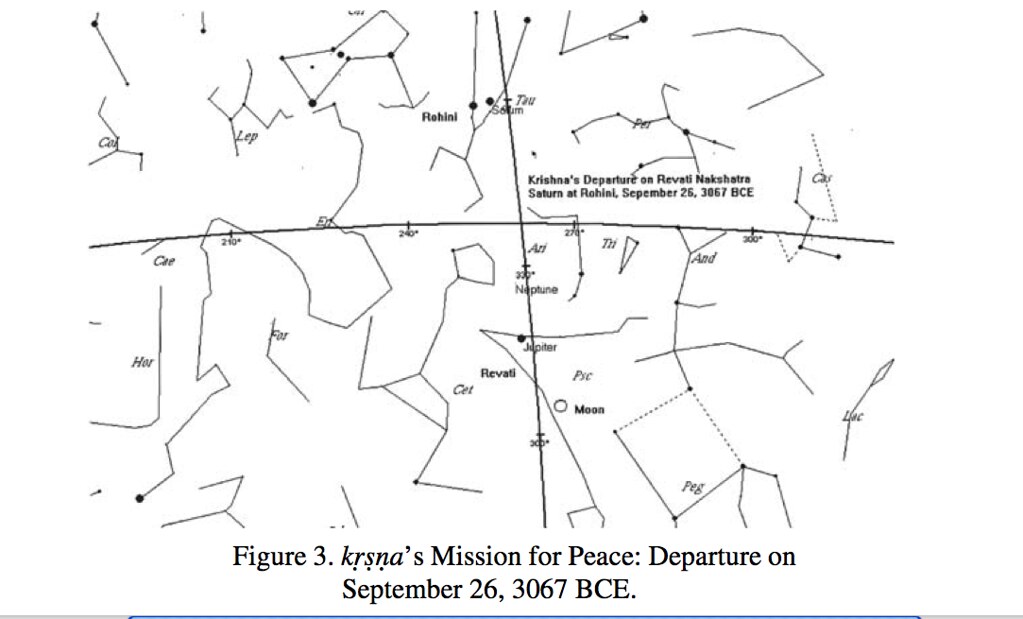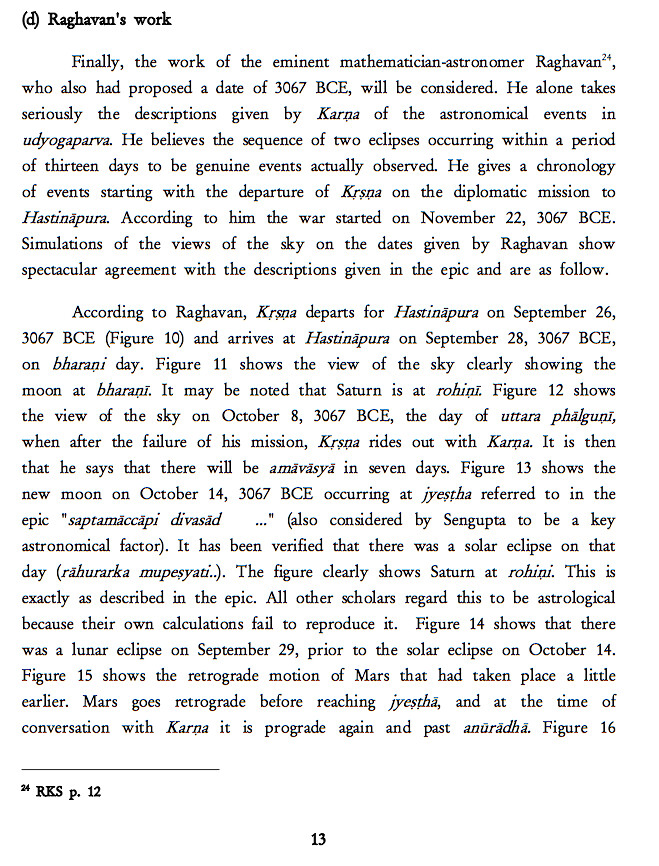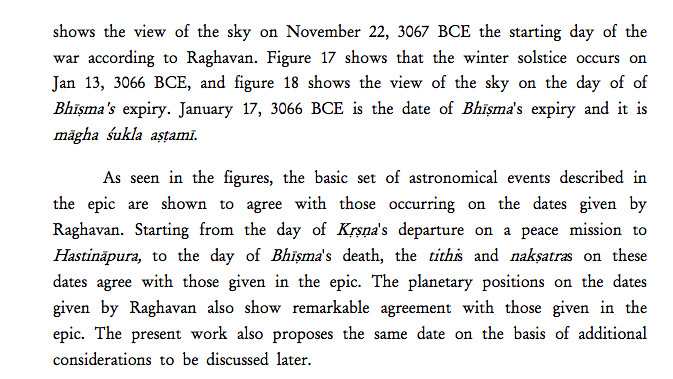Prem Kumar wrote:JE Menon wrote:Well, to begin with, it apparently helps if you are from Europe and believe that anything worthwhile East of Greece (and that because you have no choice, since anything West of Greece was pretty crappy too) came after the flowering of Greek civilisation. It also helps if you have a sneaking sense of appreciation for the whole Aryan thing developed by the Third Reich. OK, don't show it much, but that little twinge of pleasure you feel inside when you read the RV and feel all "Aryan" is a good indicator. Finally, it does not hurt at all, if your name rhymes with schnitzel.
LOL. Feeling "Aryan" = good. Feeling "Indian" = not so good.
The West first appropriated Greece. Then appropriated Sanskrit. A feel good PIE/Aryan hypothesis followed. To show your secular credentials, you place PIE in the middle of nowhere, where no existing civilization could claim credit.
These migration theories seems to follow a scaffolding pattern. Propose one theory and use it while it lasts. When it gets too flimsy, propose a 2nd scaffolding theory and discard the old one. Look how AIT has been discarded in favor of AMT, with Schnitzel casually mentioning "who speaks of AIT anymore?" as if he had been an AMT proponent from day one. This is intellectual dishonesty of the highest sort & if done in say Physics, would have made him a pariah in the scientific community.
I have a feeling that, if Indians become sufficiently de-racinated and no longer "own Sanskrit", AIT-Nazis and Linguists will gladly accept India as the homeland. They just dont want us to be full of ourselves in the interim
Saar,
your post got me thinking. I searched for a post of Ramana garu.
ramana wrote:Pressed for time. Will jot down my thoughts and weave a para or two later.
-----------
Reading the book, The Chosen by Avi Bekker, an Israeli diplomat and scholar-activist.
He explains the concept of jews as "chosen' people from the Talmud and the Bible.
The Talmud makes it a burden to be chosen as they have to live up to high ideals.
The Bible makes repeated assertions that jehovah "chose" them over the others.
The Jews assert their choseness as exclusive to themselves.
-From 12th century scholars(Maimonidies) to 20th Century Hollywood non-practising Jews.
Both Christians(Gentiles) and Musilms claim that they supersede the Jews in being Chosen.
They both acknowledge that Jews were thte first 'chosen' people in the Bibile and the Koran.
The Christians say that beliveing in Christ as the savior transfers the Choseness to his followers.
The Muslims say that Muhammad is the last prophet and he got the revaltation from Gabriel and thus they are the final chosen.
Thus the clash between these three groups.
Its the root of the ME/Israel/Palestine problem.
-----------
The author doesn't address how the chosen interact with the non -chosen people outside the Middle East.
I belive this idea of being 'chosen' drives the interaction more than the evanjelical conversion/jihadi submission etc. Both the later groups want to increase their fold as they allow conversion. Judaism is only by birth through the mother and has this handicap.
Add to the mix the envy of the Greeks and Romans over the 'chosen' Jews.
They didn't have any prophets nor any covenant with any of their gods on Mt Olympus or whereever.
I think they appropriated Christianity as a way to get around the idea of not being 'chosen" and took it with them into savage Europe. They transformed Jehovah inot a kind loving God.
This left the rest of the non-Jewish folks in Middle East kind of orpahned.
Along came Muhammad and got them into Islam as a new way of being chosen by Allah this time. Allah has all the bad attributes of Jehovah. He is very jealous, intolerant of other gods, very monotheistic and he is very particular to choose Muhammad to be his last prophet!
It was these Islamised Arabs who invaded Sindh and got the shock of their life to find a non-Judaic 'chosen' people: the Hindus.
Hindus were the antithesis of the Abrahamic religions: multiple gods, loving and spiteful gods and even godesses. The gods were not monks but had beautiful wives/consorts. The chosen is to beivle and live a life of Dharma. Their spirtual literature celebrated full lives and not celibiate lifestyle.
The Arabs paid special attentiion to Brahmins who they thought were key to the religion and the temples and killed and destroyed many. Their own scribes write glorious accounts of their mis-deeds.
The later Turks were not so particular in being chosen and just killed indiscriminately all the Hindus. Their invasions were more like razas or raids.
-----------------
Come to modern age. The Europeans and their surrogates Americans are still hung up on being 'chosen' by conversion. Their assault on Hindusim is more at a physical(mass conversions) and intellectual level(AIT). The AIT is their weapon against the non-Judaic chosen Hindus.
-----------------
More later.
The west seems to be obsessed with the idea of being chosen people. What does chosen mean? It means, they are chosen by a super-human factor to succeed. It means that they are designed to win. It means that they are superior to others. They want to believe that they are chosen people. They want others to believe this.
Just look at their reaction to Vedic civilization. They declared that 'Aryan' is a race and said that they are superior to the other(local-'Dravadian'). Then, they said that Aryans are related to them genetically. Conclusion, they are superior... they are chosen people. So, all the achievements of 'Aryans' are now, their achievements. They can feel happy that their ancestors were not losers, but were important people.
Who chose them is irrelevant...God, evolution, nature, genes, or whatever. The ideology that tells them they are chosen is also irrelevant...X-nity, Aryan race(Nazi/AIT), american exclusivism, or whatever. The ultimate point is always the conclusion that they are the chosen people, superior to everyone else, that normal rules don't apply to them, that they are bound to win and rule the world.
We can easily understand how this concept gives rise to colonialism, slavery, racism, exploitation, genocide, ...etc.
Being chosen people is not enough, you have to stop others from having that privilege(otherwise being chosen is meaningless). So, they can never acknowledge that another civilization can be superior to them in any field in benevolent manner. If some civilization is superior to them, then they are cast in a villian's role, otherwise they are portrayed as losers.
For example,
a) if another civilization is richer than them, then they will say that they are morally superior to the rich but pervert 'other' civilization. Such an evil people need to be defeated and destroyed.
b) if another civilization is poorer or powerless, then they will say that the 'other' it is a loser civilization with nothing worthwhile. Such useless people need to be subjugated.
The 'other' can never be acknowledged as superior and benevolent. The 'other' cannot be allowed to be superior physically, mentally and/or morally.
The god, nature, science, technology or whatever else is only useful as long as it can be used to prove that they are superior. The standards can change, the methods can change, the criteria can change. But the conclusion must be same: their superiority.
I think this obsession with being chosen people stems from a deep seated insecurity with regard to their history, culture and civilization. We have a thread to explore the insecurities of Indians, maybe we need to explore the insecurities of these people that led them to foist ideologies which proclaim their superiority based on flimsy things like color, false narratives and lies.
The interesting thing is that Europe and Arabia seem quite content with themselves, as long as they were pagan. It is only after adopting Abrahamic concepts, that they start showing a keen sense of insecurity with respect to other civilizations.
It seems the insecurities of early tribes of Israel with respect to other civilizations(like Egypt) are projected into the chosen people concept.
---
I think you are right, if if Indians become sufficiently alienated from vedic civilization, then AIT-Nazis and Linguists may have no problem in accepting India as the original homeland of all the civilization.
They may themselves formulate OIT:
India was the original homeland of humanity where humanity developed(or was born with) exceptionally high standard of civilization. Sanskrit is the most perfect language and mother of all other languages of the world. Vedas are epitome of knowledge.
These highly advanced people, later, migrated to Europe. The exact reason for migration is difficult to establish. Maybe a huge famine or floods. But, they migrated and the land was left empty.
Later, this land was occupied by barbaric people who migrated from other regions(say central asia or antartica). In short, Europeans are the descendents of Vedic people. And the present occupiers of India are strangers unrelated to those Vedic people.
Then, some kind of Vedic X-nity may be developed keeping in line with this theory. Needless to say that this theory will also find support in all branches of popular 'science'.
